
FENDER RHODES MKI SOUNDFONT
The Rhodes piano (also known as the Fender Rhodes piano or simply Fender Rhodes or Rhodes) is an electric piano invented by Harold Rhodes, which became particularly popular throughout the 1970s. It generates sound using keys and hammers in the same manner as an acoustic piano, but the hammers strike thin metal rods of varied length, connected to tonebars, which are then amplified via an electromagnetic pickup.
The instrument evolved from Rhodes’ attempt to manufacture pianos to teach recovering soldiers during World War II under a strict budget, and development continued throughout the 1940s and 1950s. Fender started marketing the Piano Bass, a cut-down version of the piano, but the full-size instrument did not appear until after the sale to CBS in 1965.
CBS oversaw mass production of the Rhodes piano in the 1970s, and it was used extensively through the decade, particularly in jazz, pop and soul music. It fell out of fashion for a while in the mid-1980s, principally due to the emergence of polyphonic and later digital synthesizers, especially the Yamaha DX7, and partly through inconsistent quality control in production due to cost-cutting measures. The company was eventually sold to Roland, who manufactured digital versions of the Rhodes without authorization or approval from its inventor.
In the 1990s, the instrument enjoyed a resurgence in popularity, resulting in Rhodes re-obtaining the rights to the piano in 1997. Although he died in 2000, the instrument has since been reissued, and his teaching methods are still receiving active use.
PROFESSIONAL FENDER RHODES MKI SOUNDFONT INSTRUMENT
TOP QUALITY SOUNDFONT SF2
TOTAL SIZE 145 MB
Import and play your sounds!
When purchasing your FENDER RHODES MKI SOUNDFONT you wont need to go through the hassle of having to drag & drop your
samples into your sampler, our samples come in a SF2, this means, you can just load
the patches straight into your sampler.
Soundfonts (SF2)?
A SoundFont is a brand name that collectively refers to a file format and associated technology designed
to bridge the gap between recorded and synthesized audio, especially for the purposes of computer music
composition.
FENDER RHODES MKI SOUNDFONT can work with these samplers: There are also more..see “Sampler Compatibility in our menu”
* Audigy/SBLive!
* Reason NN-XT
* Kontakt
* Halion
* EXS-24
* VSampler
* Gigasampler – Gigastudio
Orion
* FL Studio
* Live synth Pro
* SFZ Sampler
All our sample packs are royalty-free, so you can use our samples for commercial use.
“But we prohibit you to produce copies or reproductions of the work and to sell those copies”
All the Soundfont Samplers In Althabetical Order:
Ableton Live
Awave Studio
Battery from Native Instruments
Bismark BS-1
CSound
Cakewalk Products
Creative Labs SoundBlaster Sound Cards
Cubase from Steinberg
EXS24 from Apple/Emagic
Emulator X from EMU
Finale from Coda
FL Studio / Fruity Loops from Image-Line
Garage Band from Apple
GigaStudio / GigaSampler
HALion from Steinberg
Home Studio from Cakewalk
Kontakt from Native Instruments
LiveSynth Pro
Logic from Apple (with EXS24 Sampler)
Mixman Studio Pro from Mixman
QuickTime 5 from Apple
Reason (NNXT Sampler)
Recycle from Propellarheads
Sonar from Cakwalk
Translator from Rubber Chicken
Unity DS-1 from Bitheadz
Vsampler from Maz Sound Tools
Why Would I Want To Use The FENDER RHODES MKI SOUNDFONT Format Over The Other Types Of Sound Formats Available?
Imagine being able to share a MIDI file, complete with your own custom sound sets. With SoundFont
technology, the world can hear your music exactly the way you intended! External musical instruments
(i.e., synthesizers and samplers) can be expensive and cumbersome for the amateur musician. Software
synthesizers and samplers can drain your system’s resources, especially when using more professional
grade musical creation tools. Because SoundFont technology is hardware accelerated by the PCI-based
Sound Blaster Live! and Audigy series of sound cards, it only needs to use your computer’s RAM.
Therefore, you can use the full power of your processor for making great music!

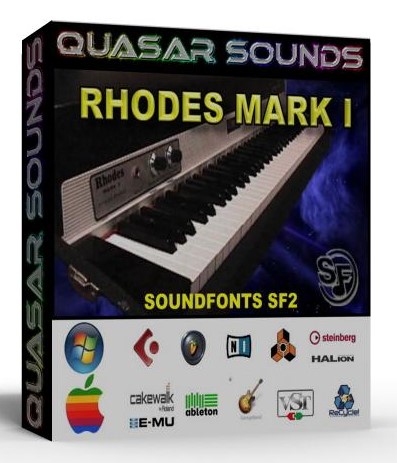
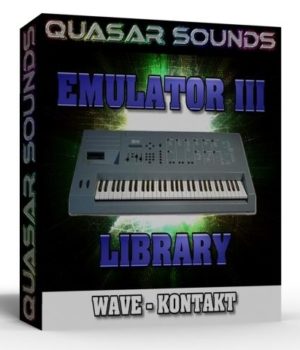
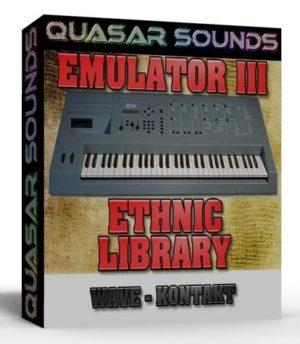
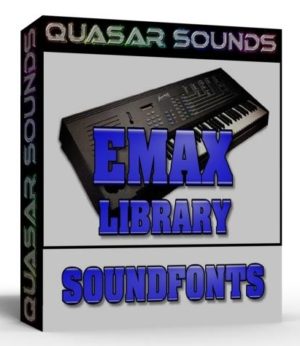
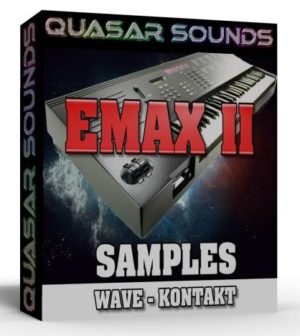
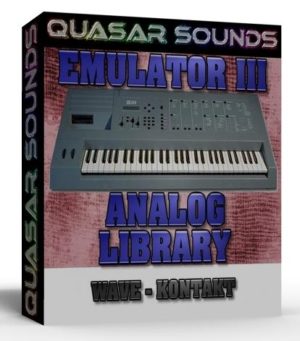
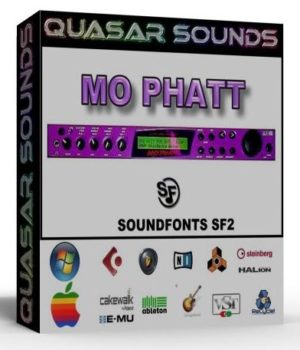
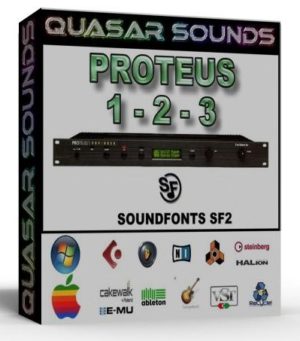
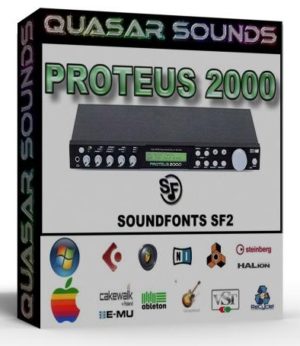
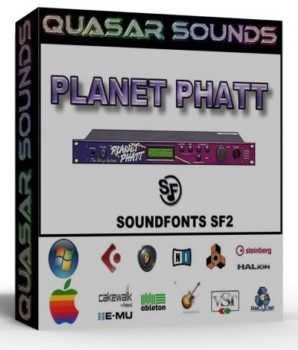
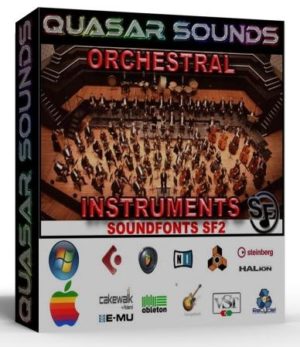
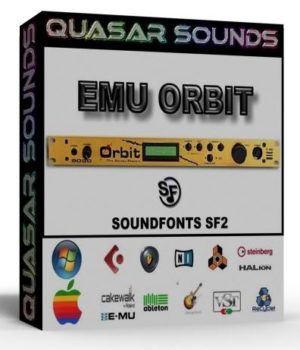
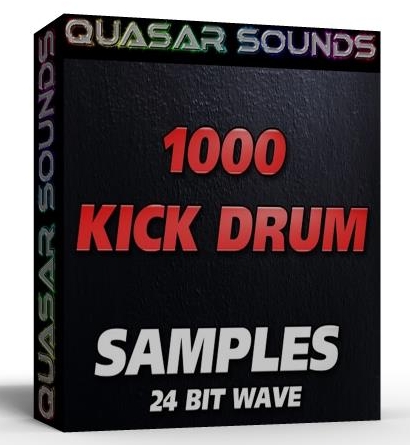
Leave a Comment
You must be logged in to post a comment.